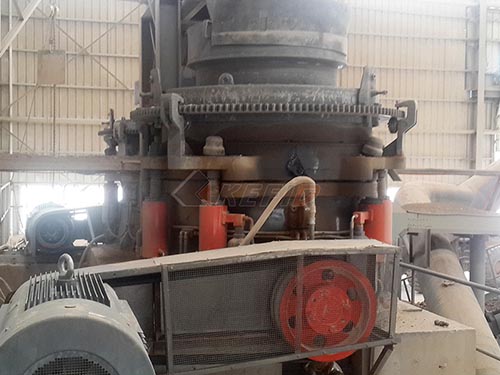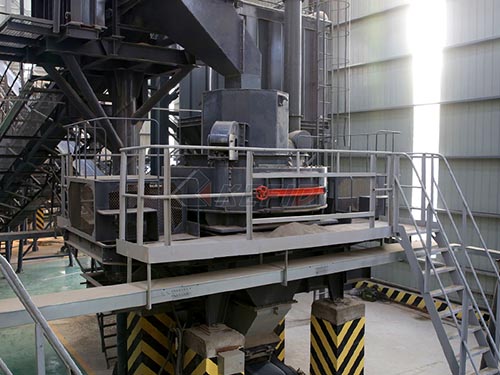Beyond Nostalgia: The Resurgence & Legacy of Bandai’s 2014 Crush Gear Revival
The mid-2010s witnessed a fascinating phenomenon in the world of collectible toys: a deliberate and calculated resurgence of beloved franchises from decades past. Among these resurgences, one stood out for its blend of physical engineering simplicity and competitive spirit – Bandai’s “Jual Crush Gear” revival campaign launched primarily in Indonesia around 2014. This wasn’t just a lazy reissue; it was a targeted effort to reignite passion for battling miniature vehicles in a market where its anime roots ran deep. Understanding this specific release requires delving into Crush Gear’s legacy, examining the unique characteristics of the 2014 line, and appreciating its lasting impact on collectors and fans.

Rooted in Battle: The Crush Gear Phenomenon
To grasp the significance of the 2014 release, one must journey back to the early 2000s. The Crush Gear Turbo anime series (and its manga origins) exploded onto screens across Asia and beyond, captivating audiences with its high-octane premise: kids piloting customized miniature vehicles called “Crush Gears” in intense arena battles where knocking opponents out or into pits was paramount. Unlike purely speed-focused racing toys like Micro Machines or slot cars, Crush Gears emphasized combat tactics – ramming power (“Crash Power”), defensive resilience (“Armor Power”), agility (“Dash Power”), grip (“Hold Power”), and specialized gimmicks were crucial.
Bandai capitalized brilliantly on this popularity with their physical toy line. These weren’t mere static models; they were sophisticated mini-machines featuring:
1. Friction Motors: The iconic wind-up mechanism powered by pulling a ripcord or spinning wheels backward stored kinetic energy released upon launch.
2. Unique Movement Mechanisms: Gears transformed stored energy into distinct movement patterns – aggressive forward charges (Attack Type), rapid spins (Spin Type), unpredictable zig-zags (Zigzag Type), or sturdy pushes (Power Type).
3. Interchangeable Parts: Bodies (representing different animal spirits or machine concepts), Attack Rings (the primary contact point defining attack style), Ballasts (adding weight for stability or impact), and Bottom Bases could be mixed and matched for endless customization.

4. The Arena: Battles took place in specialized arenas with walls designed for ricochets and perilous pit zones demanding strategic launches.
This potent combination of anime hype, strategic gameplay rooted in

Leave a Reply